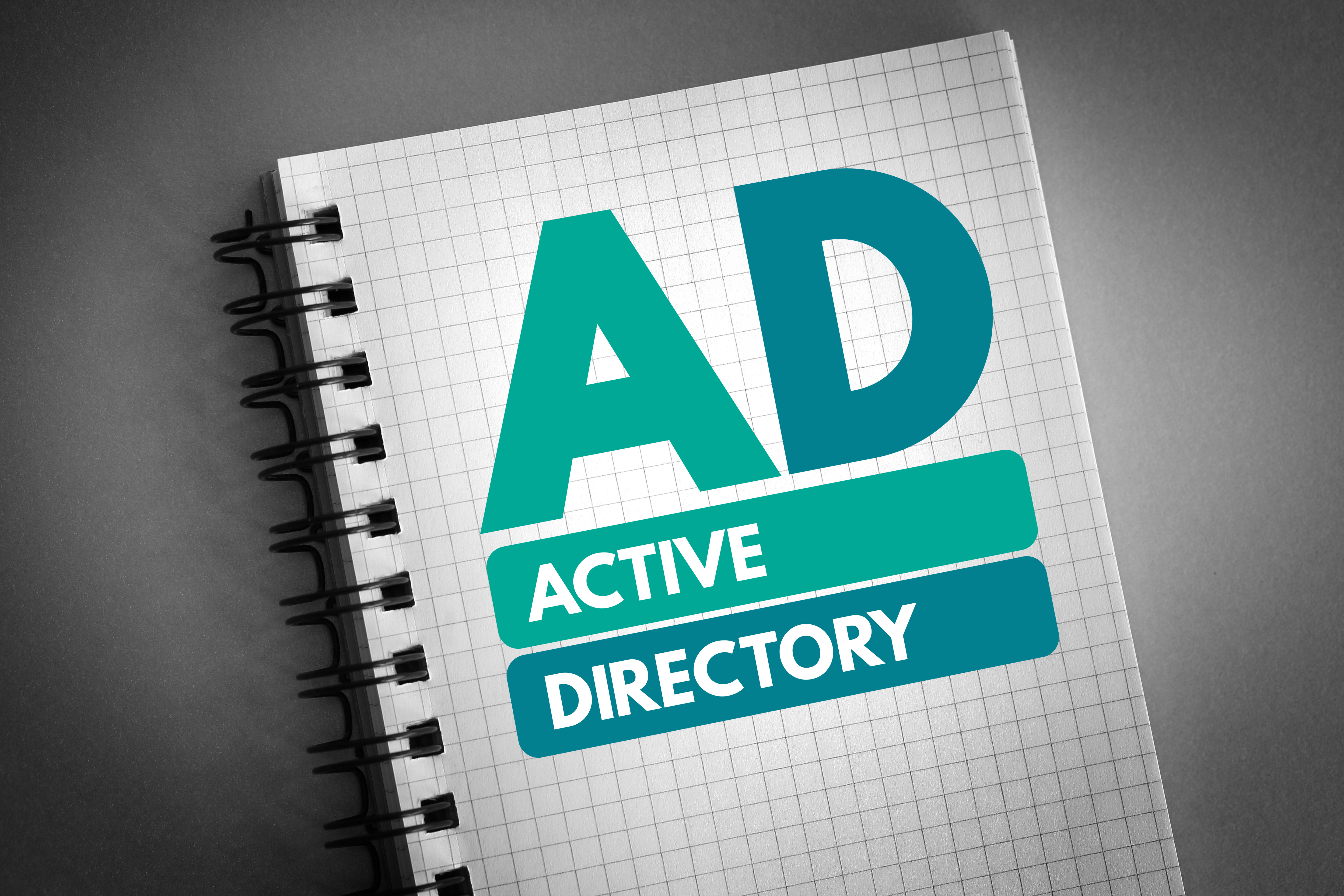Alerting on 'password never expires' violations
September 17, 2025
Alerting on “Password Never Expires” Violations (Active Directory)
This article explains what the “Password never expires” setting actually means in Active Directory, why it is risky,
and how to build reliable detection and alerting with minimal noise.
Why this matters?
A password is a shared secret. Over time, shared secrets…


